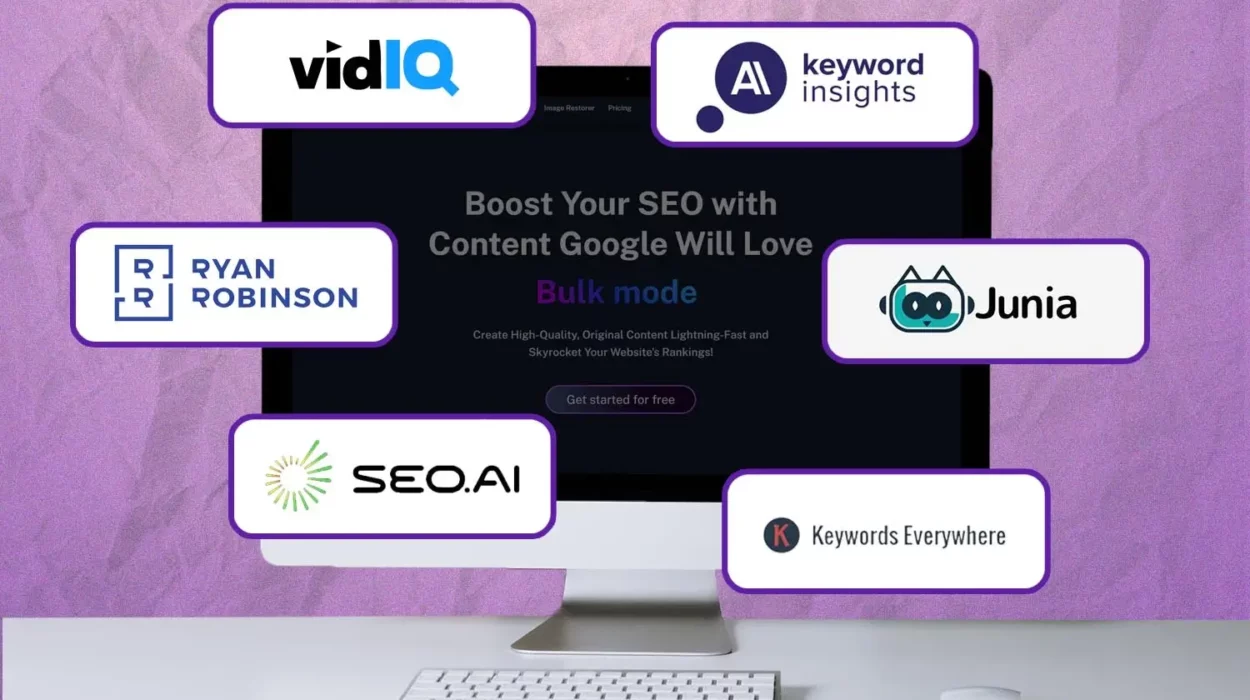How to Convert Customer Comments Into Creative Copy
By: Samantha Wong

The voice of your customer (VOC), in the most basic sense, is the condensed set of comments from your customers. But our attempts to summarize VOC into five points on a slide can divert our attention from the actual customer picture.
Ideally, marketers should consider VOC to be open-form feedback. Verbatim comments that come from the people that answer surveys, participate in focus group discussions or reach out via social media. The words that these people use can be quite powerful as they are often informed by personal customer experience. There’s something special about using genuine testimonials as opposed to sales-pitch-esque headlines and slogans.
When VOC is analyzed properly, it can create a reciprocatory communication channel between you and your customer. But before we understand how to convert comments into copy, we have to understand the right way to collect them.
The customer is always right
More often than not, companies try to solve the problem with band-aid solutions, revisiting their VOC strategies maybe once or twice a year. When in fact, a company’s VOC needs to be continually studied to get the most out of it.
And VOC research can come from pretty much anywhere–like social media platforms, suggestion forms, and support and chat logs. It’s also important to survey every single person that comes in contact with your business, whether they’re loyal customers, unsatisfied shoppers, or passing-by visitors. This kind of information can provide insights into the vivid customer experience that informs how your business communicates moving forward.
Another thing that most market researchers don’t realize is how crucial it is to ask the surveyed customers the right questions. It doesn’t matter if you give them a comprehensive list of everything you want to know. If your wording is off or if the survey is too long, chances are they won’t give accurate or honest answers.
Conversion copywriter and interaction designer Momoko Price puts it finely, “It’s extremely difficult to get an accurate sense of what people will, in reality, pay for. You can manipulate that in all these different ways, but what I do use surveys for is, there is an experience that they live and I think that there is an experience that they live around the product, the before, during, and after, that you don’t want them to.”
This is especially apparent in interviews and surveys that are framed with heavily biased wording. If you’re asking your patrons questions like, “Is our brand the best at service X?”, then you’re just trying to get answers that validate your perspective instead of investigating your customers’ genuine experiences.
Price further notes that it’s important to ask about your customers’ pains and struggles because this is where meaningful narratives can draw from. Having a better understanding of your prospective customers fuels the kinds of sales narratives that are based on real-life customer experiences and woes.
The customer journey
VOC research is not limited to one survey–it’s a cyclical process of collecting data, using that information to craft better questionnaire copies, and doing that over and over again as we are collecting more accurate and more nuanced feedback.
It’s all about understanding the customer journey and recognizing the messaging hierarchies that work best in speaking to your consumers. Creating a constant flow of communication between your buyers’ expectations and ways to meet their needs can vastly extend your business’s lifespan.
Creating creative copy from customer surveys is crucial and should not be overlooked. Because at the end of the day, your company will badly need those numbers. When you ask your customers to answer your surveys–whether it benefits how you service them–you are literally asking them for a favor.
Share this post on:


